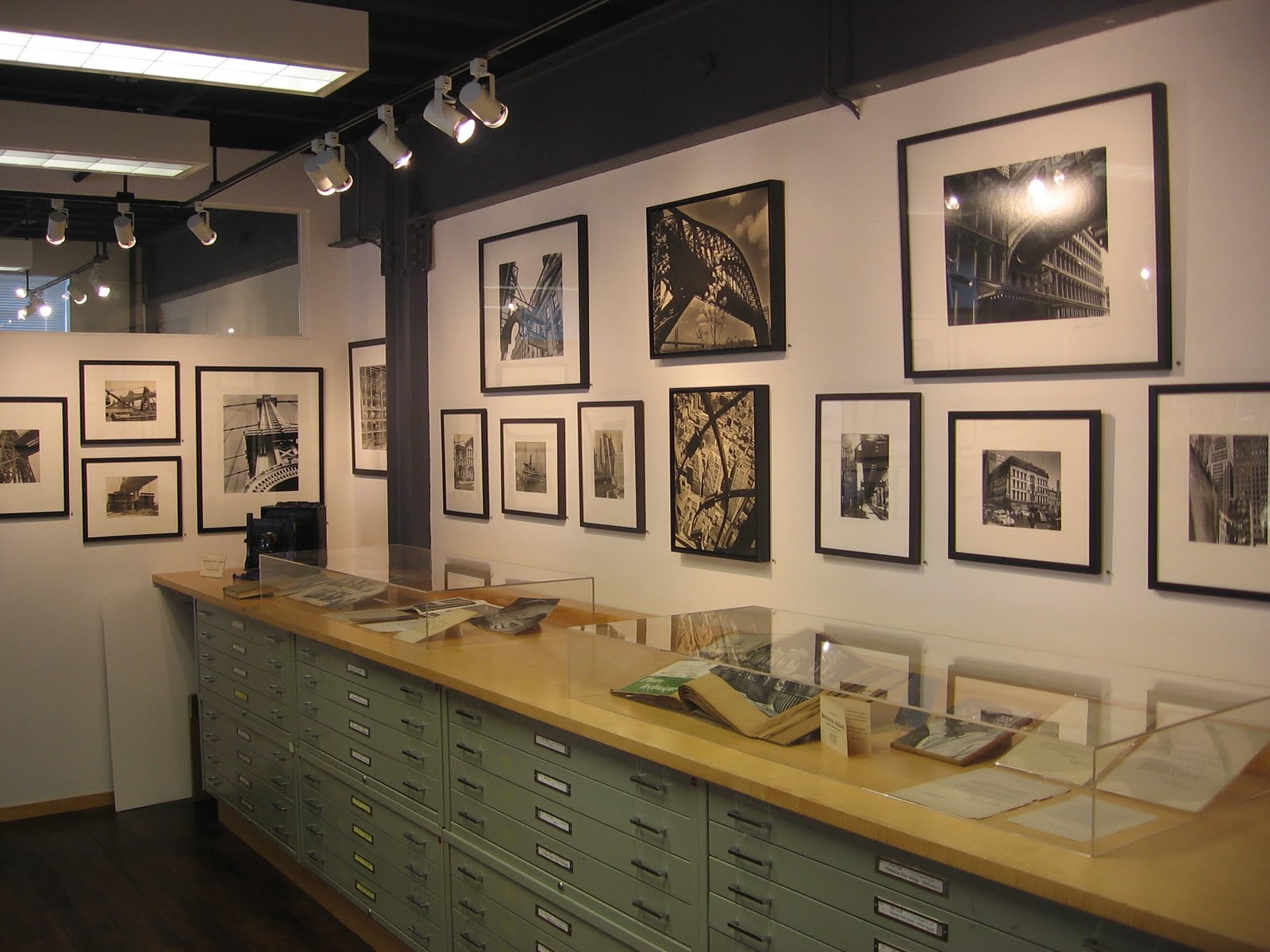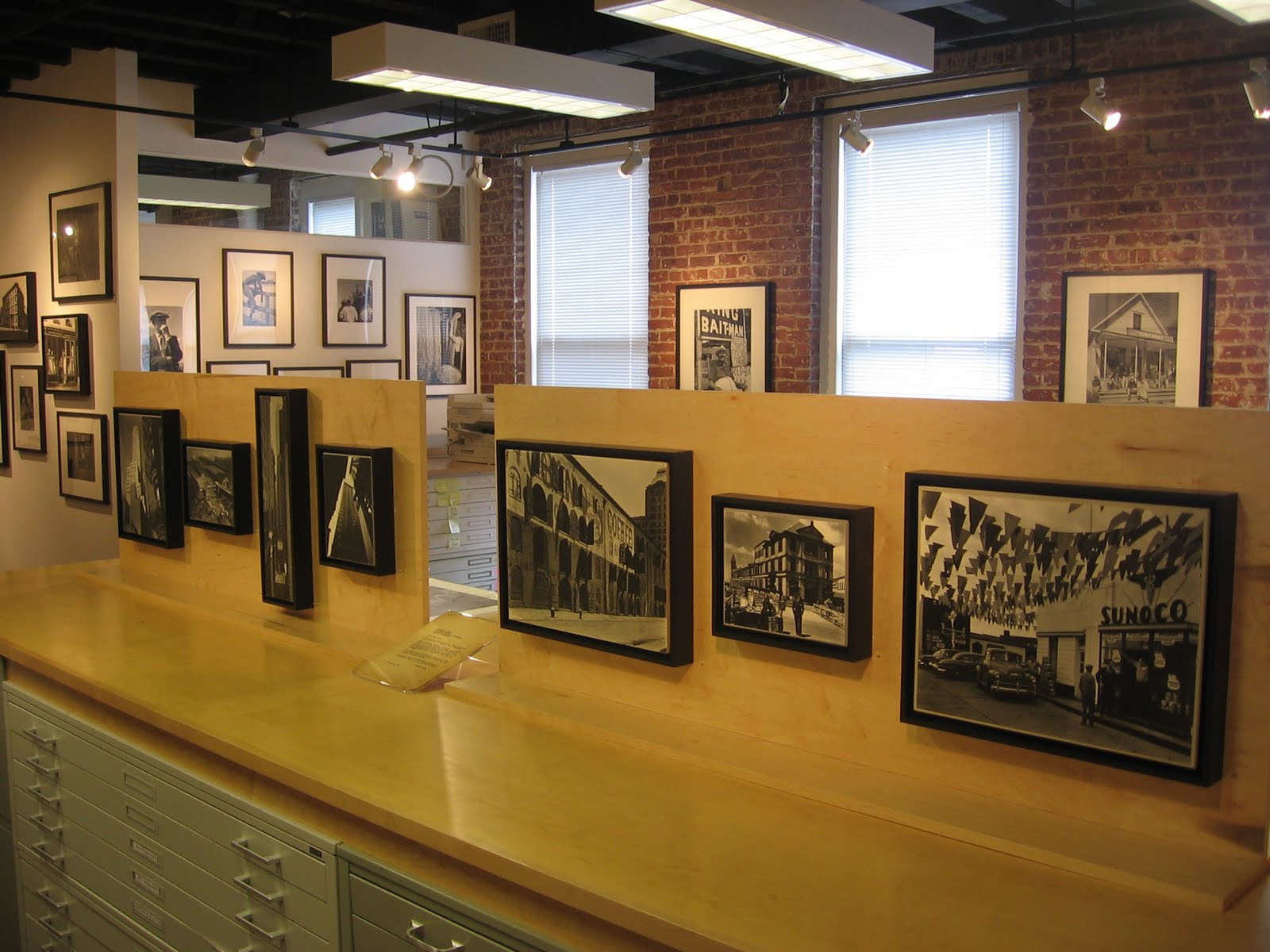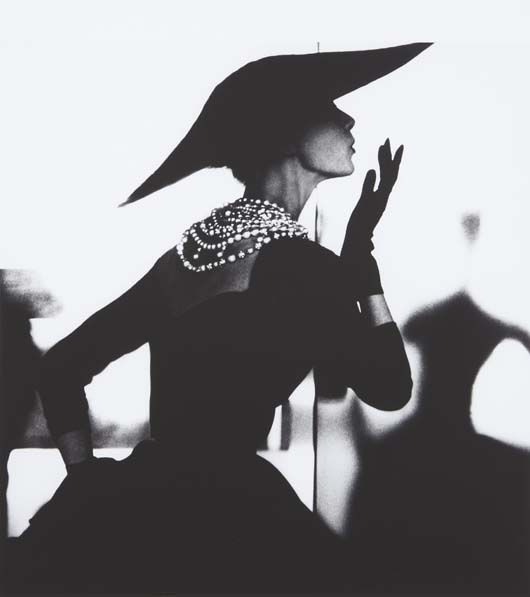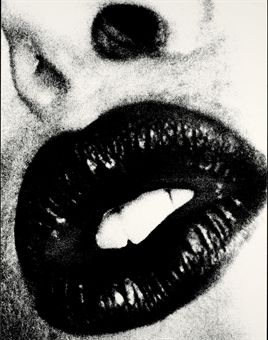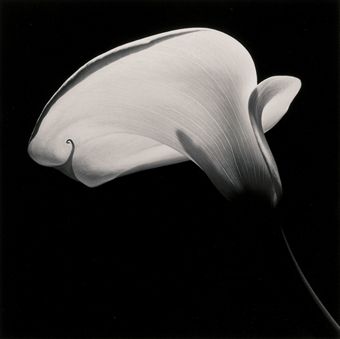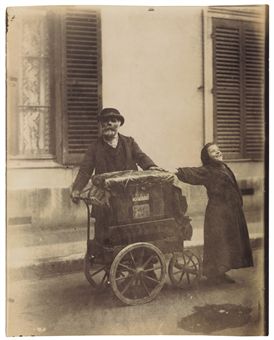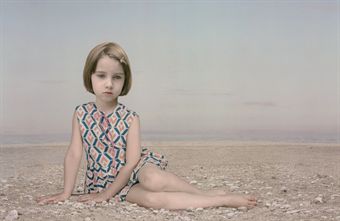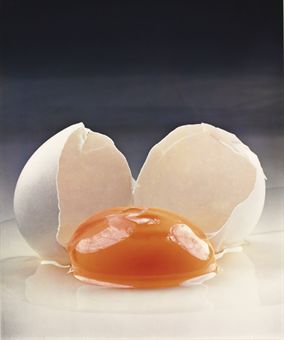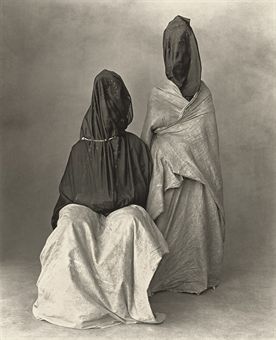 JTF (just the facts): A group show of 10 emerging photographers, with a single photographer chosen by each of 10 local NY curators. The works are variously framed and matted, and hung in the entry gallery, the main gallery space, and the back gallery. (Installation shots at right.)
JTF (just the facts): A group show of 10 emerging photographers, with a single photographer chosen by each of 10 local NY curators. The works are variously framed and matted, and hung in the entry gallery, the main gallery space, and the back gallery. (Installation shots at right.)
.
- Bahar Behbahani: 1 triptych (3 chromogenic prints), each print 72×48, in an edition of 6, from 2007
- Rob Carter: 2 digital c-prints, 48×35 or 40×51, in editions of 5, from 2009
- Juliane Eirich: 3 chromogenic prints, each 39×39, in editions of 5, from 2007-2008
- Ben Gest: 3 archival inkjet prints, 67×40, 59×40, or 532×40, in editions of 8, from 2005 or 2006
- Charlotte Haslund-Christensen: 3 diptychs and 1 single archival inkjet print, each individual print 20×20, in editions of 5+2AP, from 2007
- Dana Miller: 5 chromogenic prints, each 20×24, in editions of 8+2AP, from 2006 or 2007
- Aude Pariset: 6 three dimensional works, made from inkjet or lightjet prints mounted to various materials (wood, aluminum, leather, etc.), various sizes, in editions of 3, from 2008 or 2009
- Radcliffe Roye: 6 chromogenic prints, each 20×24 or reverse, in editions of 10, from 2009
- Glenn Rudolph: 3 archival inkjet prints and 1 color carbon transfer print, each 30×30, in editions of 7, from 1976, 2002, 2004, or 2008
- Nodeth Vang: 2 digital c-prints and 3 instant film diffusion transfers, 30×24 or 4×3, in editions of 5 or 1, from 2008 or 2009
- Patrick Amsellem, Brooklyn Museum
- Sean Corcoran, Museum of the City of New York
- David Harper, Brooklyn Academy of Music
- Matthew Higgs, White Columns
- Mara Hoberman, Hunter College Art Galleries
- Mason Klein, The Jewish Museum
- Beatrix Reinhardt, College of Staten Island, CUNY
- Edwin Ramoran, Aljira, a Center for Contemporary Art
- Carrie Springer, Independent Curator
- Deborah Willis, NYU Tisch School of the Arts
Comments/Context: Since we haven’t had a Silverstein Photography Annual since 2008, it would be easy to have forgotten its simple but elegant premise: choose 10 photography curators and let them each select one exciting photographer for inclusion in a group show of new/emerging work. This year’s collection is a more recession-respecting local affair than prior years, with curators chosen from smaller New York metro area institutions rather than from far flung museums across the globe. These are the kind of photo curators who are likely down in the messy trenches of new photography, doing endless portfolio reviews and sifting through piles of fresh submissions, looking for new and original voices to champion; in many respects, they therefore represent a good cross section of what many institutions might be looking for (or finding of interest) right now.
 Radcliffe Roye’s sweaty images from Jamaican clubs were my favorites in the show, particularly the image Ballerinas, of three young women done up in short skirts and colorful makeup; the pictures have echoes of Malick Sidibe’s images of the youth clubs in 1960s Mali, but with a more modern feel. The colors are eye-popping and the dancehall poses are lively and outrageous.
Radcliffe Roye’s sweaty images from Jamaican clubs were my favorites in the show, particularly the image Ballerinas, of three young women done up in short skirts and colorful makeup; the pictures have echoes of Malick Sidibe’s images of the youth clubs in 1960s Mali, but with a more modern feel. The colors are eye-popping and the dancehall poses are lively and outrageous.
Bahar Behbahani’s photographs really fall into the category of documents of performance art; the artist hangs upside down from an apple tree, with leaves strewn across the patio underneath, and the pictures capture the blurs of her struggle at various times during the day. While the premise is pretty straightforward, I found the work surprisingly unsettling and metaphorically memorable.
While I also found things to enjoy in Ben Gest’s disaffected images of upper class boredom and Charlotte Haslund-Christensen’s conceptual front and back portraits of Danish families, overall, the show itself felt a bit flat, with plenty of less remarkable work to go along with the few standouts. Intellectually, I can understand the logic for why each of these artists/bodies of work was selected, but that doesn’t mean that they all pass the test of being thrilling or significant. As such, this is the kind of show that you can wander through without being jarred out of your comfort zone; all of it is good, but unfortunately not enough of it is striking or sensational.
- Bahar Behbahani: $12000
- Rob Carter: $5500 or $6000
- Juliane Eirich: $3500 or $3950
- Ben Gest: $5800 or $8800
- Charlotte Haslund-Christensen: $1650 or $3500
- Dana Miller: $2000 each
- Aude Pariset: $1750, $2000, or $2200
- Radcliffe Roye: $1500, $1800 or $2300
- Glenn Rudolph: $3500 or $5000
- Nodeth Vang: $1000 or $2000
- Bahar Behbahani artist site (here)
- Rob Carter artist site (here)
- Juliane Eirich artist site (here)
- Ben Gest artist site (here)
- Charlotte Haslund-Christensen artist site (here)
- Dana Miller artist site (here)
- Aude Pariset artist site (here)
- Radcliffe Roye artist site (here)
- Glenn Rudolph artist site (here)
- Nodeth Vang artist site (unknown)





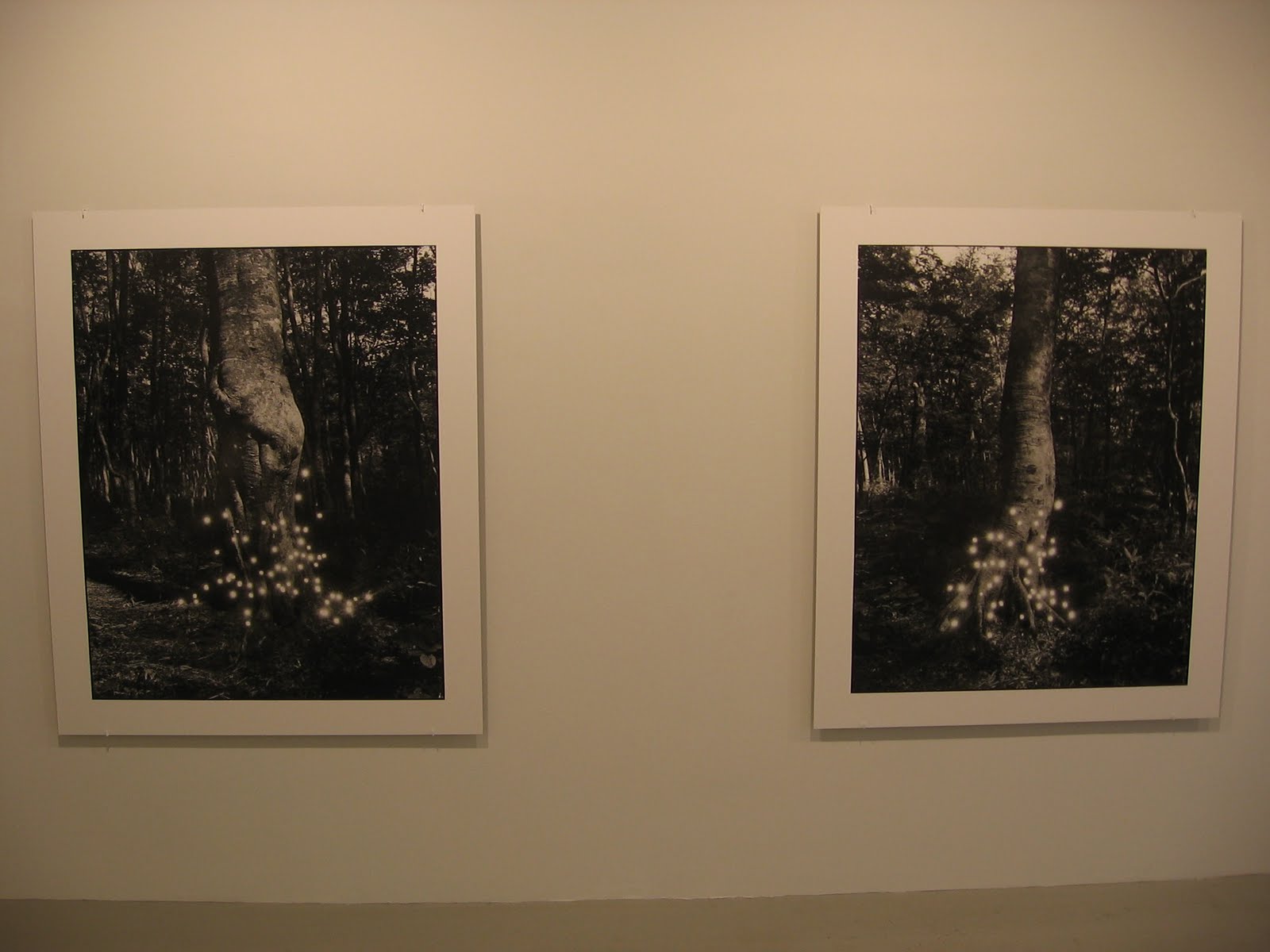
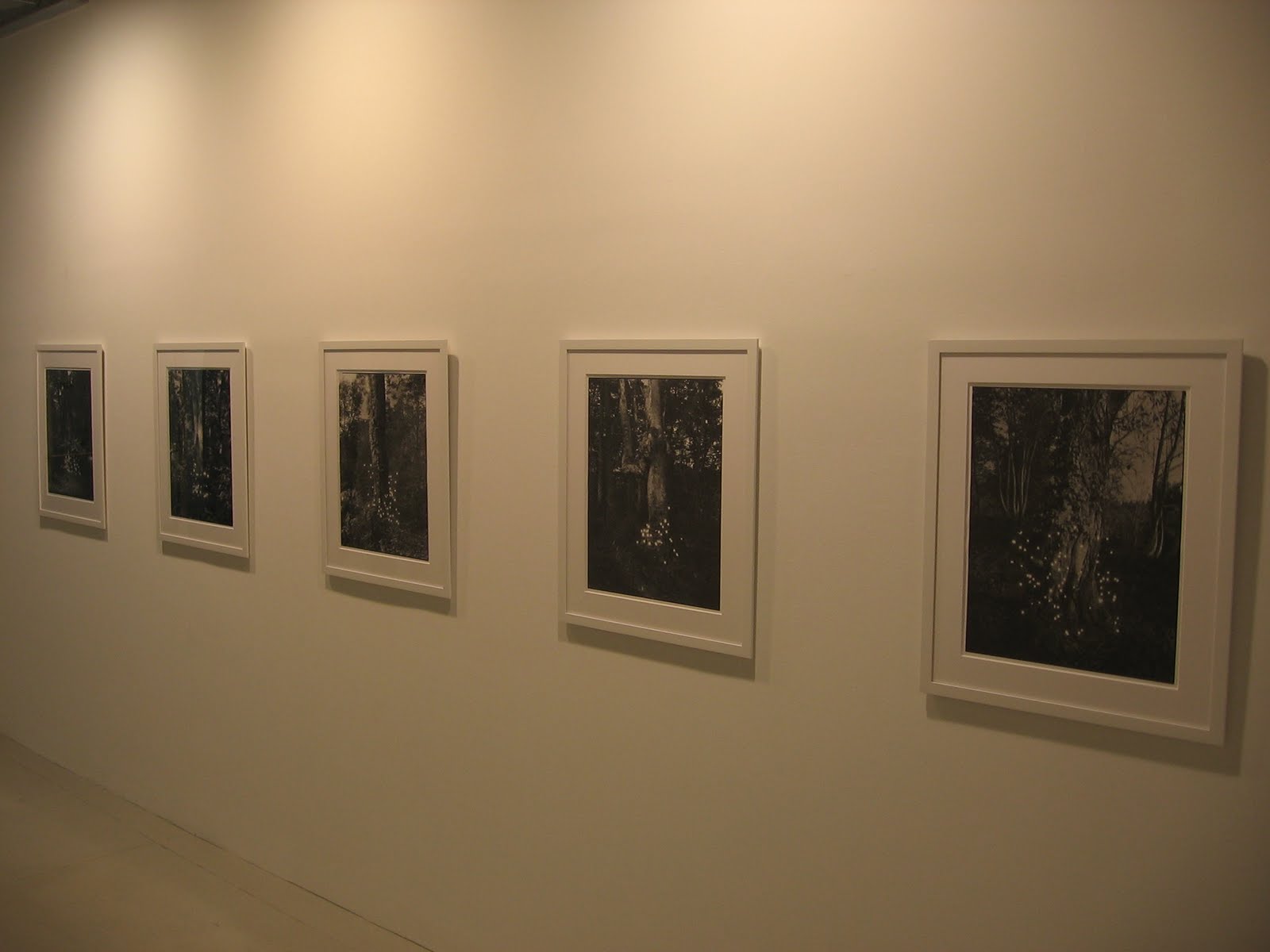
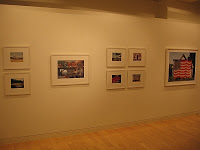
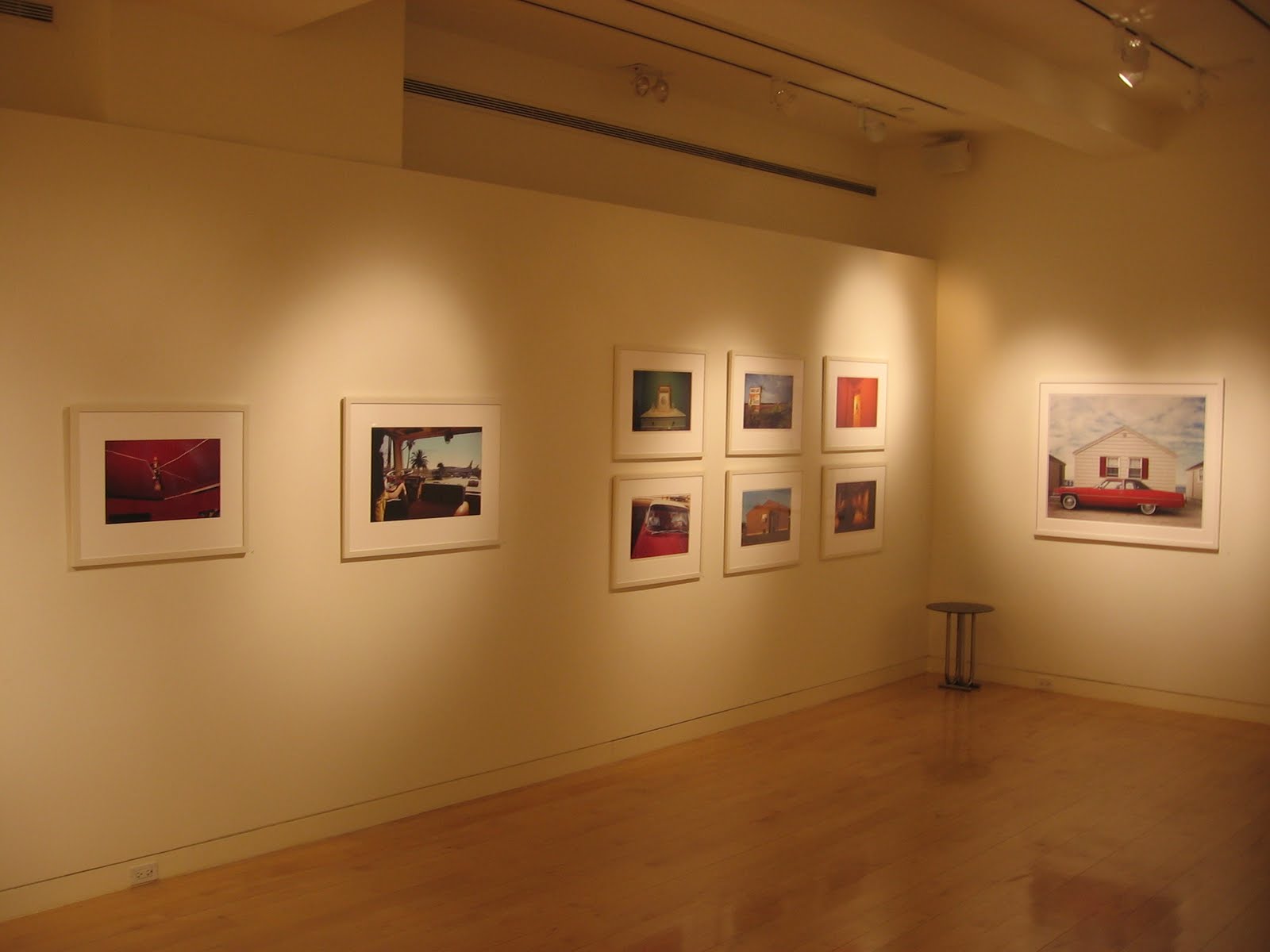

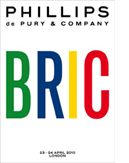
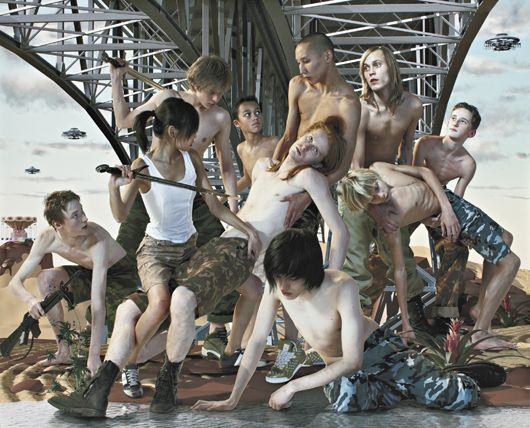
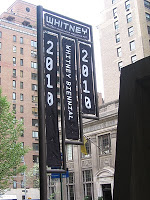
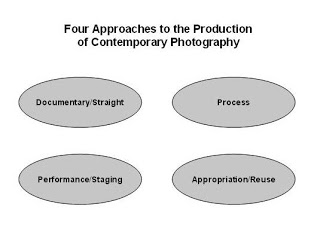 The 2010 representatives of the documentary/straight approach to photography pack such an emotional wallop that they seem to be saying: make the content extreme or just go home. Stephanie Sinclair’s desperate images of Afghan women charred by self-inflicted burns are bloody and horrifying, so much so that the exhibition room was filled with gasps, “My God”s, and uncomfortable intakes of breath; the suffering and violence that is depicted is harsh and shocking, but entirely unforgettable. Nina
The 2010 representatives of the documentary/straight approach to photography pack such an emotional wallop that they seem to be saying: make the content extreme or just go home. Stephanie Sinclair’s desperate images of Afghan women charred by self-inflicted burns are bloody and horrifying, so much so that the exhibition room was filled with gasps, “My God”s, and uncomfortable intakes of breath; the suffering and violence that is depicted is harsh and shocking, but entirely unforgettable. Nina 
